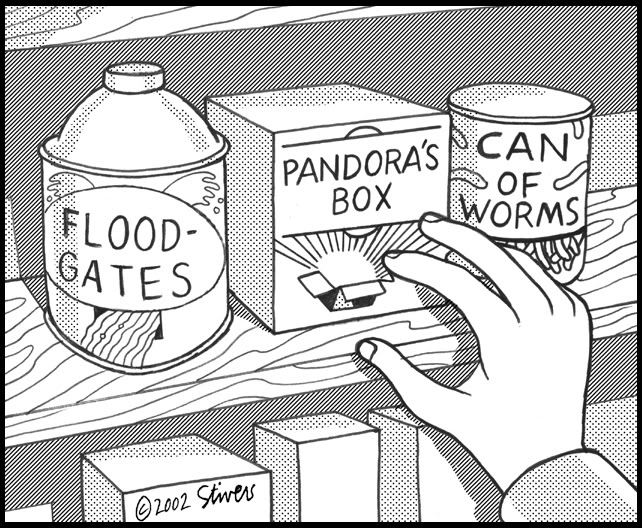DickS said:
For further discussion...
What about 4130 aircraft grade tubing?
AISI 4130 is often called "chrome moly" because of the presence of chrome and molybdenum in its makeup.
While there is no doubt it is a stronger material than AISI 1018 or 1020 there are several things to keep in mind.
4130 tubing is a welded tube like DOM tubing. It is annealed and cold drawn to size it.
To allow for the sizing/drawing operation(s) the tubing is annealed to a dead soft condition.
During the sizing/drawing process the material will "work harden" to become harder and stronger but the final strength is far below the strengths the material is capable of.
This is the condition the tubing will be shipped to the customer.
Examples of what I'm saying is, fully heat treated AISI4130 can have a tensile strength of 102,000 psi with a yield strength of 78,300 psi.
Elongation at this strength can be up to 24%.
Comparing this with a simple low carbon steel like 1020 with its tensile strength of 55,000 psi (HR) and yield strength of 30,000 psi (HR) and elongation of 25% seems to show a major improvement in strength.
The fly in the ointment is the tubing is not heat treated when you receive it.
It is shipped in the work hardened condition from the last drawing.
It's properties will be around 90,000 psi tensile, 80,000 psi yield and the elongation will be around 10%.
There is also the issue of documentation.
Steel looks like steel and without the full material documentation for the piece of tubing it is anyones guess what the tube is actually made from.
Although I'm hesitent to suggest that DOM or CD tubing could be used for a gun barrel I will admit that using 4130 for a pistol barrel should be safe.
That's said knowing that pistols fire smaller powder charges than rifles so the low pressures from a typical pistol load should be all right.
Anyone trying to use this material for a gun barrel needs to remember, generally speaking, I do not recommend DOM's use for a blackpowder gun barrel.






